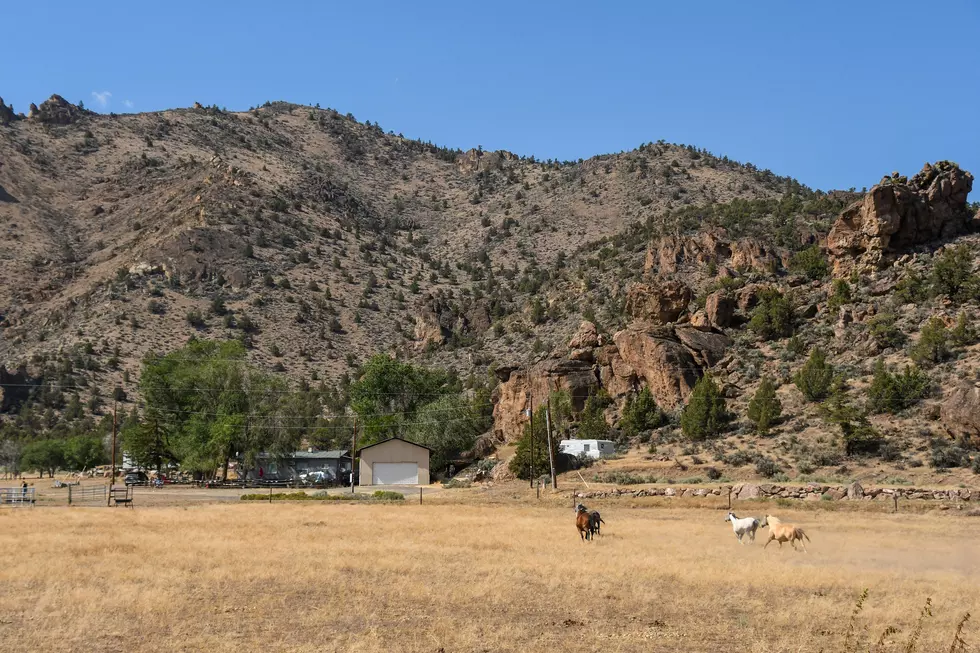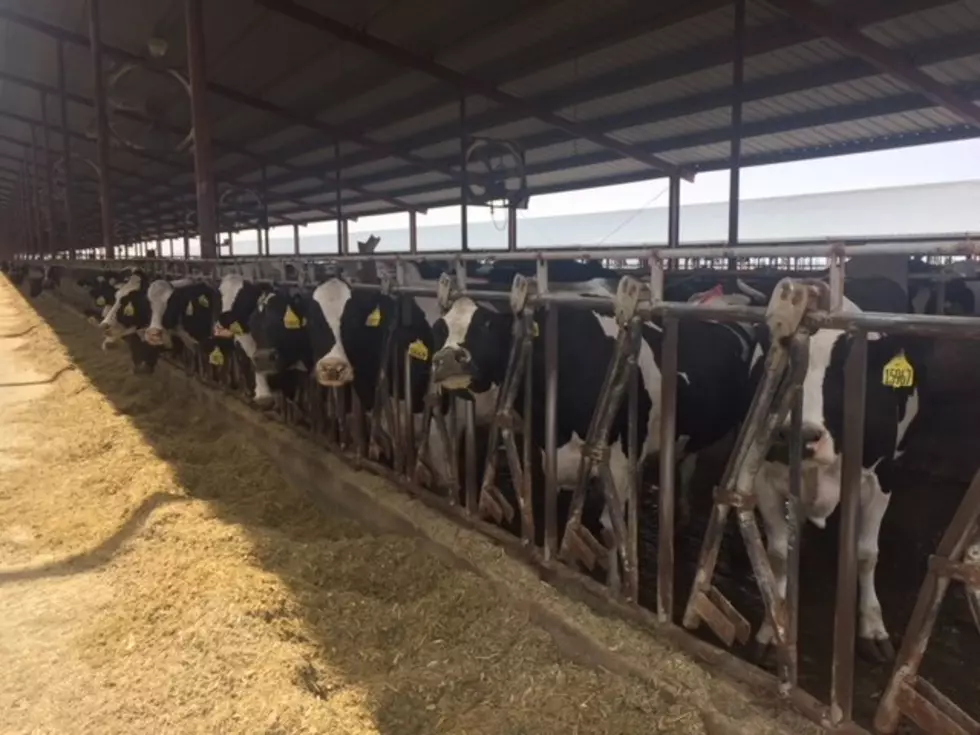
Soil Could Hold Key to Climate Change
Researchers have found soil holds more than three times as much carbon as the atmosphere and that minerals deep in the dirt are key to this storage. With better land management, they say, this capacity could be used to reverse the increasing levels of carbon dioxide in the atmosphere.
Marc Kramer, a researcher at WSU Vancouver, said during a technique involving the rotational grazing of cattle, the soil began to stash away carbon, and it quickly started to look like native forest soils before heavy land development.
“What we found is that intensive grazing dairy activities in Southeast Georgia were able to restore organic matter content to pre-European levels in as little as six years.”
The scientists say land cultivation has decreased carbon in the soil by one-half to two-thirds.
Kramer said if the trend moves in the other direction, dirt could do some of the heavy lifting to avert climate change.
“It's not an unreasonable expectation that given the right management activities we could retain quite a bit more carbon in the soil and potentially offset the concentration of greenhouse gases in the atmosphere.”
Kramer said carbon makes strong connections with minerals in the soil, especially below three feet, likely keeping the carbon there for a long time.
More From PNW Ag Network









